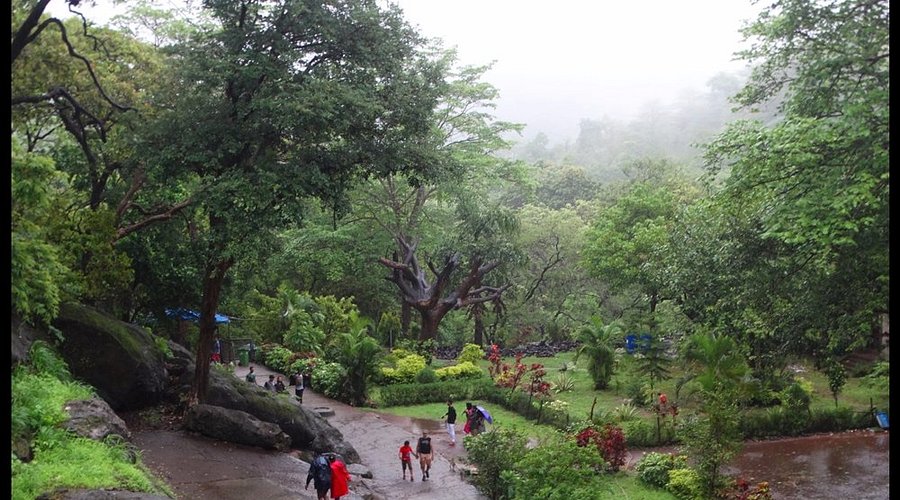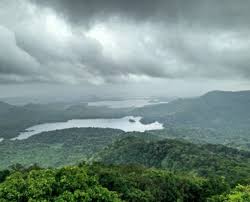Sanjay Gandhi National Park (SGNP) is a rare treasure: over 87–104 km² of lush forest nestled within a teeming city. With more than 2 million visitors each year, it’s a vital green space that filters air, stores water, and offers a natural escape from urban life .

1. A Breath of Fresh Air
When you enter the park, you instantly feel the shift. The air is cooler—often 2–3 °C lower than the city—and noticeably cleaner . Thanks to its vast canopy, SGNP captures harmful particles and reduces smog, helping Mumbai avoid some of its worst air pollution.
2. Nature’s Water Tank
Moreover, SGNP is key to Mumbai’s water cycle. It shelters two lakes—Vihar and Tulsi—that meet part of the city’s water needs, while also recharging local groundwater . During monsoons, the park helps reduce flooding by soaking up rain and easing runoff.
3. A Sanctuary for Wildlife
Despite being surrounded by suburbs, the park hosts:
- 40 mammal species, including leopards, spotted deer, and macaques
- 251 bird species, from hornbills to paradise flycatchers
- 38 reptiles, 9 amphibians, 150 butterflies, and over 1,000 plants
Surprisingly, it holds one of the world’s highest leopard densities in a city forest—about 40 individuals in 104 km² .
4. A Place for People
Not only nature thrives here. Mumbaikars flock to SGNP for:
- Morning walks and cycling along winding trails
- Trekking and nature trails like Jambulmal and Shilonda .
- Picnics at Buddhist-era Kanheri Caves, carved 2,400 years ago
- Safari zones featuring lions and reptiles
These activities make SGNP a unique blend of urban convenience and natural richness.
5. Why It Matters
First, it cleans our air and cools the city. Second, it safeguards water resources and reduces flood risk. Third, it offers us a living classroom where people can reconnect with wildlife and learn about conservation .
Without SGNP, Mumbai would be hotter, more polluted, and at higher risk when the rains come.
🌟 Final Thoughts
In the heart of Mumbai lies this thriving green kingdom. It not only sustains the city—by purifying, conserving, and housing but also nourishes our souls, offering a place to breathe, think, and marvel. So next time you’re nearby, take a moment to step inside and feel how this forest truly gives life to Mumbai.
Plan Your Visit:
- Best time: July–October for lush green trails and waterfalls.
- Timings: 7 AM–6:30 PM (closed Mondays) .
- Access: Reach via Borivali station, or Borivali bus stop—both about 1 km away .
Breathe deeply, walk gently, and let Mumbai’s lungs inspire you.
Also Read : Tasty but Toxic: The Hidden Dangers of Fake Food Products in the Market
